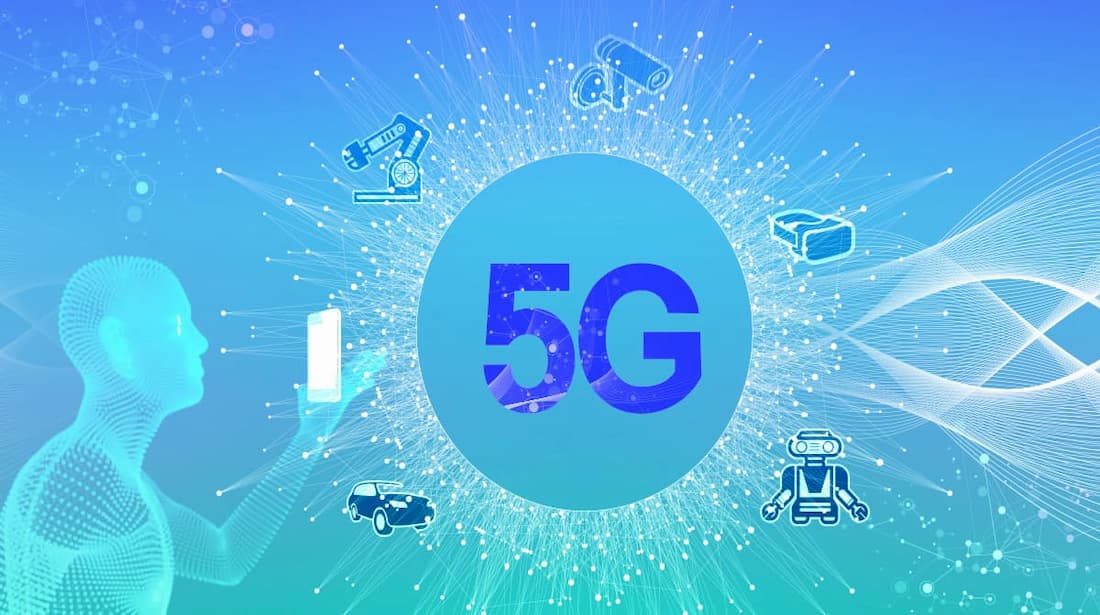Published on: May 2022

Uncovering the market secrets of 5G Wireless Ecosystem
The global market for 5G services was estimated at USD 47.3 billion in 2021, and it is predicted to increase at a CAGR of 52.0 percent between 2022 and 2030. By supplying a wide range of use cases and business models to users, 5G wireless mobile services enable a completely mobile and connected environment. Furthermore, the 5G technology's faster data speeds and extremely low latency would improve the user experience when using 5G services for a variety of use cases, including Virtual Reality (VR) and Augmented Reality (AR) gaming, seamless video calling, and Ultra-High Definition (UHD) videos, to name a few. Over the forecast period, the growing demand for high-speed data connectivity for unified Internet of Things (IoT) applications like smart home energy management is expected to drive adoption of these services.
Regional Insights of the 5G Wireless Industry
With a market share of more than 38.5 percent in 2021, Asia Pacific is expected to grow at the quickest CAGR during the projected period. China Telecom, China Mobile, SK Telecom, and KT Corp., among others, are investing heavily in the deployment of 5G network infrastructure in China, Japan, and South Korea. The majority of these funds will be used to build next-generation infrastructure in the media and entertainment, transportation and logistics, healthcare, and manufacturing industries. Over the forecast period, these investments are expected to move the Asia Pacific regional market forward. Furthermore, the increased demand for smartphones with faster internet rates has resulted in a steady supply of 5G-enabled handsets throughout the region.
The gateway to the successful future of the telecom business
As leading smartphone manufacturers in the region, such as Huawei Technologies Co. Ltd., Samsung Electronics Co., Ltd., and BBK Electronics Corp., continue to develop 5G-enabled devices in response to increased demand, 5G services are projected to gain popularity. In 2021, North America ranked as the second-largest regional market. The United States is seeing some of the most significant expenditures in 5G network infrastructure deployment. According to a GVR study, between 2010 and 2017, mobile operators in the United States invested over USD 250 billion in mobile network infrastructure rollout. Over the projected period, aggressive investments in developing smart homes, establishing smart industries, and implementing smart city projects are expected to contribute to the growth of the regional market.
Insights into Key Companies and Market Share
As various regional telecom service providers invest in installing next-generation infrastructure, the worldwide market is tremendously fragmented. This will assist businesses in gaining a large consumer base in the market. Furthermore, to strengthen their position in the worldwide market, these market players are actively focusing on mergers and acquisitions. For example, T-Mobile and Ericsson inked an agreement in September 2018 to help T-5G Mobile's deployment in the United States. Furthermore, major market players are pouring money into acquiring the necessary spectrum. Companies would be able to strengthen their overall portfolios and grow their subscriber base across multiple nations if they had enough spectrum. For example, in April 2018, BT Group plc's Enterprise (EE) segment paid USD 426.5 million for 40 MHz of 3.4 GHz spectrum (3540 - 3580 MHz spectrum frequencies). The company intends to use the spectrum to create improved next-generation internet services in the United Kingdom.
Don’t just stop at the surface of the matter.
Dig deeper with us.
Get your copy of the report right now.